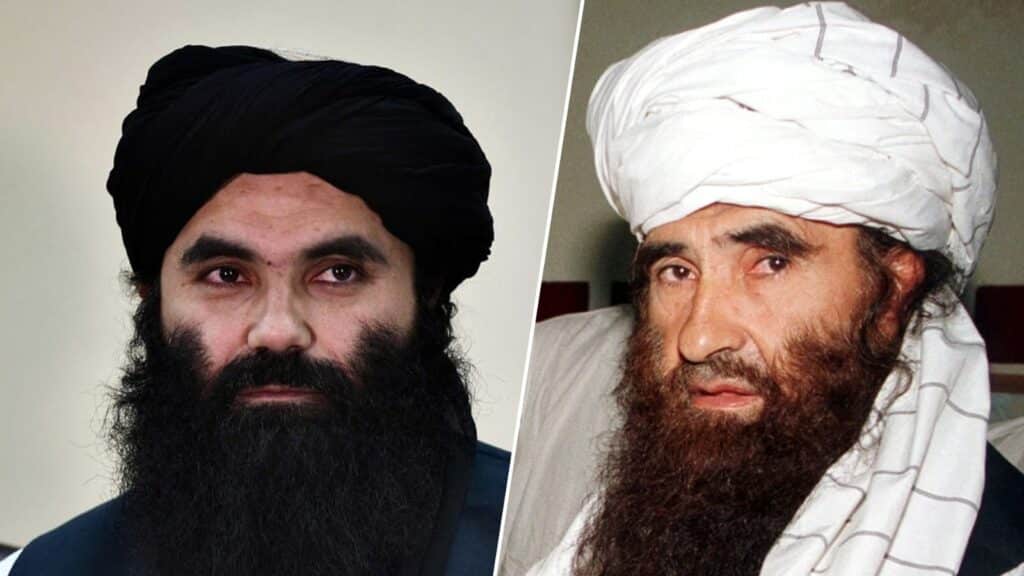Beneath the surface of a cultural mission, a powerful ideological and political machine is taking shape in Taliban-controlled Afghanistan. Known as the Jalal Foundation, this network presents itself as a cultural platform but is, in reality, part of a broader strategy to reshape narratives, rehabilitate political dissenters, and expand the Taliban’s soft power both inside and outside the country.
Named after the late jihadist commander Jalaluddin Haqqani—the father of Taliban Interior Minister Sirajuddin Haqqani—the Jalal Foundation has emerged in recent years as an initiative of the Haqqani network. While it presents a benign image focused on literature, media, and cultural outreach, its deeper roots reach into intelligence operations, ideological engineering, and strategic influence.
Leadership and Structure
The Foundation is led by Anas Haqqani (popularly known as “Hafiz”), Abdullah Raihan, and Mohammad Jalal. Recently, the inclusion of poet and writer Naqeeb Ahmad Azizi, previously known for his secular views, signals a possible shift toward more moderate Islamic branding. This transition suggests an effort to build a hybrid intellectual environment—Islamic at its core, yet palatable to Western observers.
Cultural Front, Political Mission
While the Jalal Foundation actively organizes cultural events, publishes books, and produces films, analysts believe these visible efforts are merely the surface of a more profound agenda. Through these tools, the Foundation promotes a carefully crafted narrative across Afghanistan—one of reconciliation with the Taliban, and the co-opting of former political figures, journalists, and civil society voices.
Membership in the Foundation offers tangible benefits, including protection from the Taliban’s hardline agencies, such as the General Directorate of Intelligence (GDI) and the Ministry for the Promotion of Virtue and Prevention of Vice. Moreover, affiliation with the Foundation can serve as a pathway to government employment, travel opportunities, and access to international conferences and media projects.
Media Control and Narrative Shaping
The Foundation is believed to be working closely with several media outlets in Kabul and potentially abroad. This collaboration aims to spread the Taliban’s softened message and influence public opinion through subtle narrative manipulation. Public events, interviews, and media coverage increasingly reflect the ideological framing promoted by the Foundation.
Outreach to the Diaspora
One of the Foundation’s more strategic objectives is to recruit and realign Afghan intellectuals and activists in exile. The group targets individuals who were once critical of the Taliban during the republic era but are now showing signs of pragmatic or softened stances. Some of these shifts may be directly linked to contact with or influence from the Jalal Foundation.
By encouraging these figures to adopt a reconciliatory tone, the Taliban seeks to send a message to the international community: that it is evolving, inclusive, and ready to engage on a broader stage. In reality, this may be more about optics than genuine ideological change.
Resources and Reach
The Foundation reportedly enjoys significant financial backing and has offices in key districts of Kabul, including Wazir Akbar Khan, Karte Char, Kota Sangi, and Dehbori. It also has an operational footprint in the United Arab Emirates, providing logistical support and outreach beyond Afghanistan.
Conclusion
The Jalal Foundation represents the ideological and propaganda face of the Taliban’s evolving political strategy. Far from being a simple cultural organization, it is a coordinated project of intellectual co-optation, media influence, and political messaging. By absorbing elements of the former political and cultural elite, the Foundation is working to silence resistance, control dissent, and repackage the Taliban’s image for both domestic and international audiences.





